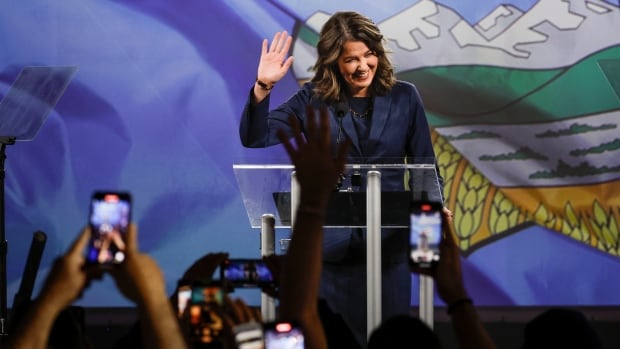
If history is anything to go by, Premier Danielle Smith’s job should be safe after her leadership review — as long as more than seven in 10 United Conservative Party members vote to endorse her.
That could be asking a lot of a party grassroots that pushed out their last leader.
Only 51.4 per cent of members backed Jason Kenney two years ago, and there are activists looking to undermine Smith’s support this week in Red Deer.
A group named the 1905 Committee (the year Alberta became a province) sent thousands of party members an email this week criticizing Smith’s changes to the Bill of Rights — changes she appears to have tailored to her party’s wishes.
The letter said the attempt to “appease freedom-minded base” didn’t go far enough, and may actually weaken individual freedoms in Alberta.
“Is this what you expected from our premier? Is this how she plans on keeping all of her promises?” wrote Nadine Wellwood, leader of the 1905 Committee. “You be the judge and cast your decision at the AGM.”
Meanwhile six MLAs and cabinet ministers recorded a finish-each-others’-sentences video in praise of their boss that the UCP caucus posted online this week.
“At our AGM in Red Deer this November, I’m voting for Danielle Smith…” Forestry Minister Todd Loewen began. Chestermere-Strathmore backbencher Chantelle de Jonge finished: “… to continue leading our United Conservative family. Stand with me.”
And that’s just the party machinations visible above the surface. As there are with all party leadership reviews, there is likely more jostling, cajoling, rumour-mongering and scheming that occurs in private.
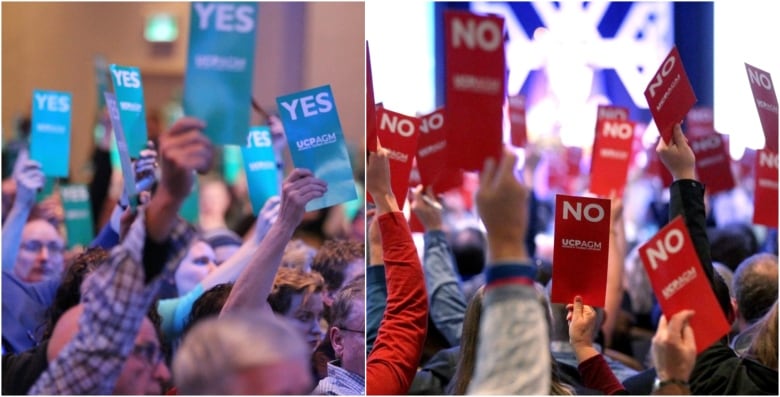
How will this vote Saturday in Red Deer go down?
CBC News asked that question of 20 UCP and government insiders with a sense of the party’s mood — including some who remain loyal and others pushing for Smith’s ouster.
Given the unpredictability of the UCP membership (Kenney’s low score was a stunner to his inner circle), few were certain about the outcome; many of the people contacted gave an estimated range.
Only one predicted an outright loss for Smith, and nobody guessed the leader would get higher than 85 per cent support. The average of the predictions was 69 per cent.
That score may put Smith in a perilous, uncertain zone.
With a couple of short-lived exceptions, most Canadian political leaders who have scored below 70 per cent wound up resigning, be they in opposition or government, in provincial or federal politics.
A higher score is no guarantee of a long political life, but every extra percentage point Smith gets means fewer internal detractors and would-be backstabbers in her own ranks.
Here’s a brief history of leadership reviews and outcomes, which we’ve broken down into tiers of survivability for the leader.
90-100%: Dear Leader level
A cynic may call this Saddam Hussein-style support, but there are genuinely those parties that are solidly behind their leaders and revved up to fight with them in the next election.
In 2016, a year after Rachel Notley became premier, 97.8 per cent of the Alberta NDP endorsed her in a review. Even in 2021, after she lost government, she still won 98.2 per cent support as Opposition leader, enough for her to remain atop the party as long as she wished.
Saskatchewan Premier Scott Moe got a similarly ringing endorsement last year, when 97 per cent of Saskatchewan Party members backed him in a review. That cleared the path for him to be undisputed leader heading into this past week’s election, where he won a second majority.
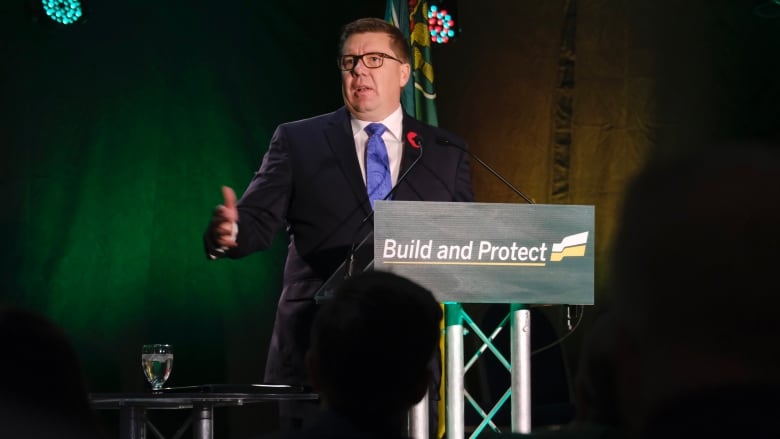
In Manitoba Wab Kinew lost his first election as NDP leader in 2019, but two years later he notched 93 per cent support from party members. The wager on Kinew paid off, and he became premier in 2023.
Danielle Smith herself has reached this lofty plateau before. She cleared 90 per cent backing when she was Wildrose Party leader in 2013, a year after losing a seemingly close election to Alison Redford’s governing Tories. That gave her leadership solid footing — for a while, until Redford was replaced a year later, a string of Wildrose losses in byelections, Smith requested another leadership review, and then she quit the Wildrose for the Tory benches.
80-89%: Solid state (or Still the one)
At this level, more than one-tenth of a leader’s party still doesn’t want them, but those naysayers remain a relative rump.
One brass ring for Smith to aspire toward is 86 per cent, which is the percentage of votes her now-rival Naheed Nenshi received — not in a leadership review, but in the four-candidate contest to become Alberta NDP leader this spring.
In 2021, federal New Democrats gave leader Jagmeet Singh 87 per cent, a sturdy mandate to lead the party into that fall’s election with few doubters. It wasn’t quite the 90.7 he’d scored in his first review in 2018, nor was it the less sturdy 81 per cent vote of confidence party delegates gave him at last year’s gathering — but these were solid enough results to head off any vocal “dump Singh” movement.
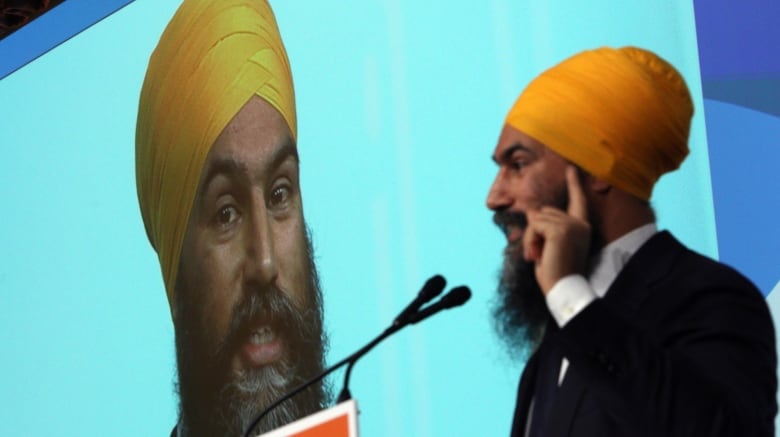
In 2012, Ontario’s third-term Premier Dalton McGuinty was smarting from union unrest and voters recently paring his majority government into a minority. Provincial Liberals registered little quarrel with his leadership, giving him an 85.8 per cent backing.
However, external pressures and poor polls weighed on McGuinty, and he announced a couple of weeks later that he’d resign, even if his Liberals weren’t pushing him out the door.
75-79%: Good enough (for now)
The figure 77 per cent has a special place in Alberta political lore. It’s the leadership review support Tory Premier Ed Stelmach received in 2009, as did successor Alison Redford in 2013.
These results quelled immediate pressure on these leaders, but did foretell the party unrest that would prompt Stelmach and Redford to each resign before facing another general election.

In 2000, federal Reform Party Leader Preston Manning won support from 75 per cent of convention attendees, a perceived endorsement of his bid to unite Canada’s right. But job security was elusive: after Reform became the Canadian Alliance later that year, Manning lost a leadership contest to Stockwell Day.
Bernard Landry notched a bit higher as Parti Québécois Opposition leader in 2005, with 76.2 per cent. It was a level he’d said before the vote that he could live with. Instead, the former premier took it as a cue to quickly depart, and told convention-goers that day.
61-75%: Sixty-six shades of grey
While there are few political leaders who’ve received confidence votes in this range, 66 per cent is a notorious and oddly recurring number.
Joe Clark had gotten roughly that score at the federal Progressive Conservative convention in 1981, a year after losing his short-lived prime ministership to the Liberals. He stayed on.
But at the dramatic 1983 PC convention, Clark scrapped to 66.9. To the delegates’ surprise, Clark announced he didn’t believe that was enough of a mandate, and called for a leadership contest.
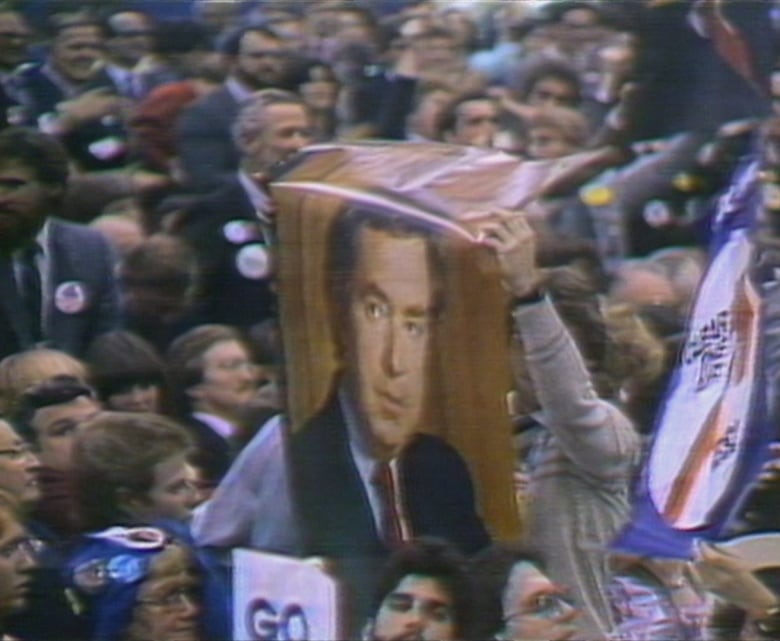
Flash forward to 2008, and the Ontario PCs. John Tory’s leadership review brought him 66.9 per cent, too. “Conventional wisdom says, if you’re asking supporters for the right to keep your job and only 60 per cent or less say yes, you’ve probably got to go,” TVO’s Steven Paikin wrote at the time.
But this was a greyer area, Paikin added — good enough for Clark once, but not twice. Tory didn’t declare his decision at that weekend convention, but would stay on… for a while. He lost a byelection in his bid for a seat in 2009, and took that as his cue to go.
50-60%: Getting the message
A leader can technically stay on if she or he gets more than half of the votes in a yes-or-no leadership review. But in reality, this is the point of no political return.
“While 51 per cent of the vote passes the constitutional threshold of a majority, it clearly is not adequate support to continue on as leader,” Jason Kenney said the night his review came in. It was the death knell to his premiership.

It had happened before to an Alberta premier. Ralph Klein was shocked by his 55.4 per cent level of support at the 2006 PC convention, and quickly said he’d resign once a replacement was picked that year, instead of his planned departure in 2008.
This level spells doom for Opposition leaders, too. In 2005, Manitoba Tory head Stuart Murray took a 55 per cent review vote as a clear signal he should pass the torch, and the same went for the Nova Scotia Liberals’ Vince MacLean in 1992 (51.5 per cent).
Sub-50%: It’s been decided for you
Often in politics, a leader will sense looming unrest and leave before party delegates embarrass him or her.
Tom Mulcair did no such thing in 2016.
At the federal NDP’s convention, one year after his party lost more than half its seats and Official Opposition status, he made history. In a terse announcement made only in French at the Edmonton convention, an official announced Mulcair’s outright loss — only 48 per cent backed him, and 52 per cent voted for a leadership election.
It could be worse. It could be Martine Ouellet, rejected after barely one year as Bloc Québécois leader with only 32 per cent support in her review.
Don’t ask, don’t tell
There is another way out of peril, aside from getting a bulletproof result at a leadership review.
Many parties don’t test their leaders at reviews, especially if they’ve won an election.
That’s why Prime Minister Justin Trudeau has never been subject to a vote of Liberal members in his nine years in government, and his Conservative predecessor Stephen Harper wasn’t, either.
But Alberta’s UCP is big on grassroots empowerment. The members who will number nearly 6,000 at this weekend’s convention may jealously guard their right to weigh in on — and potentially lop off — their party’s head.